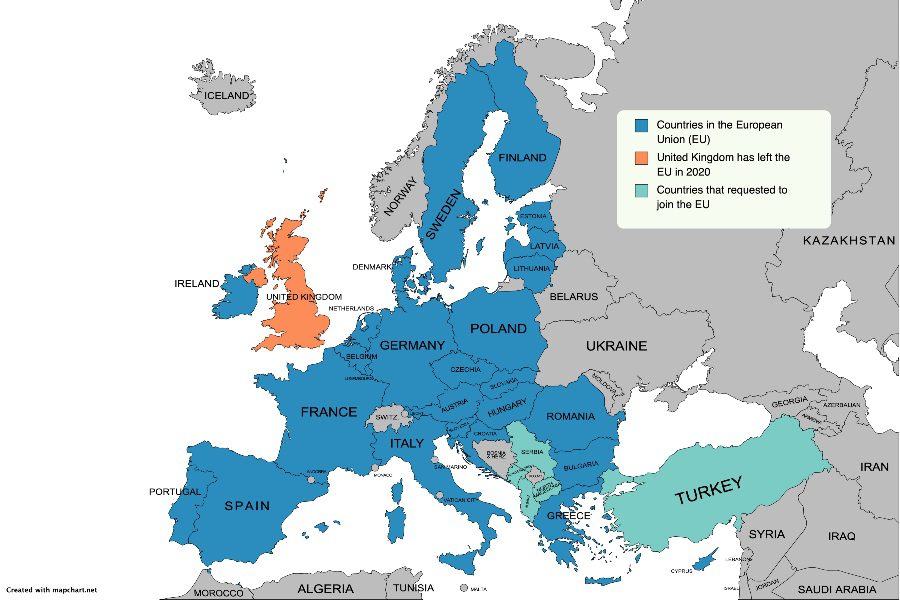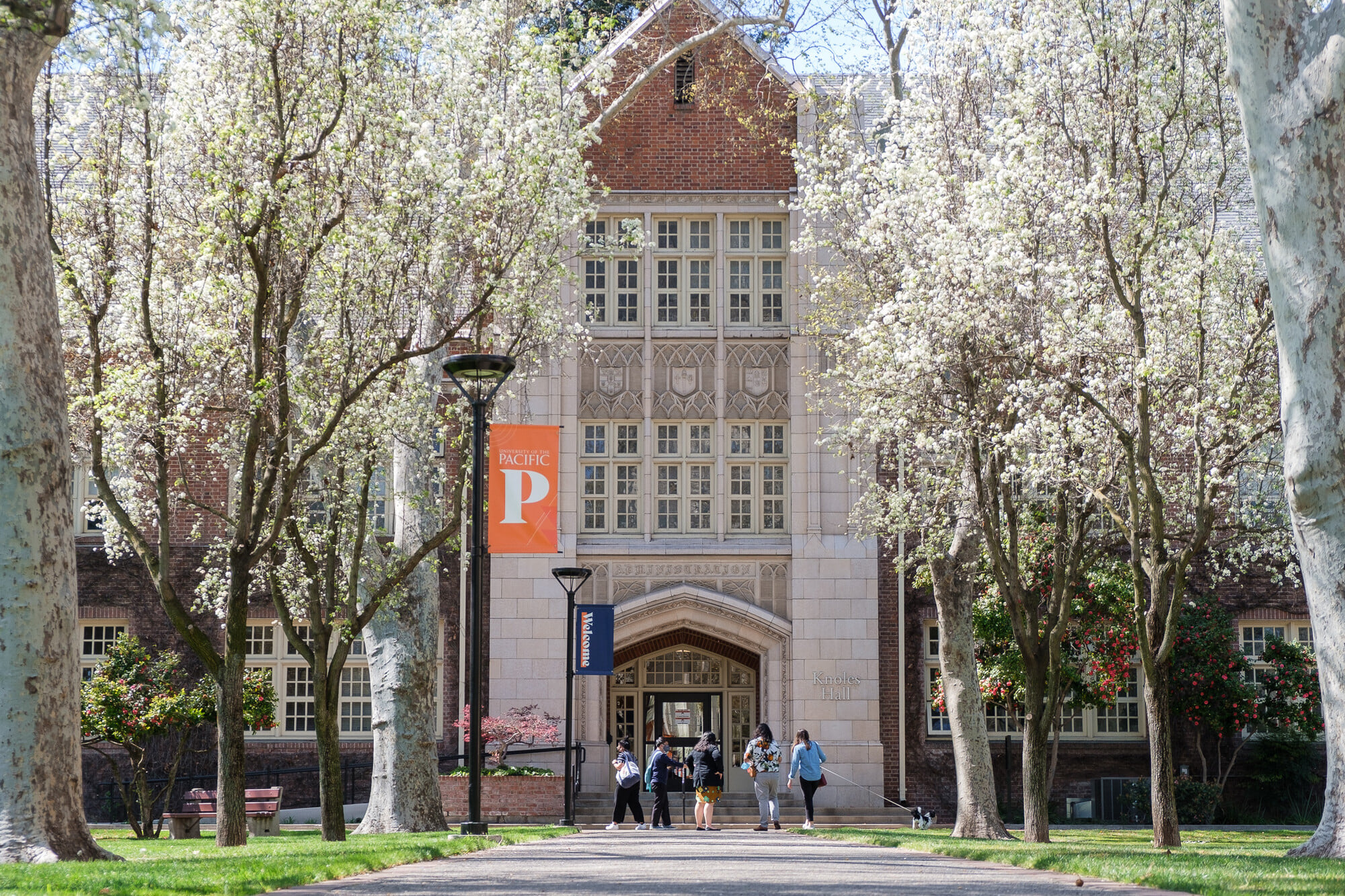Centre for Studies of Climate Change Denialism
Readings: Birth of Tragedy Friedrich Nietzsche
The Apollonian: analytic distinctions
All types of form or structure are Apollonian, thus, sculpture is the most Apollonian of the arts, since it relies entirely on form for its effect. Rational thought is also Apollonian since it is structured and makes distinctions.
The Dionysian: inability or unwillingness to make these distinctions; directly opposed to the Apollonian
Drunkenness and madness are Dionysian All forms of enthusiasm and ecstasy are Dionysian. Music is the most Dionysian of the arts, since it appeals directly to man’s instinctive, chaotic emotions and not to his formally reasoning mind.
















